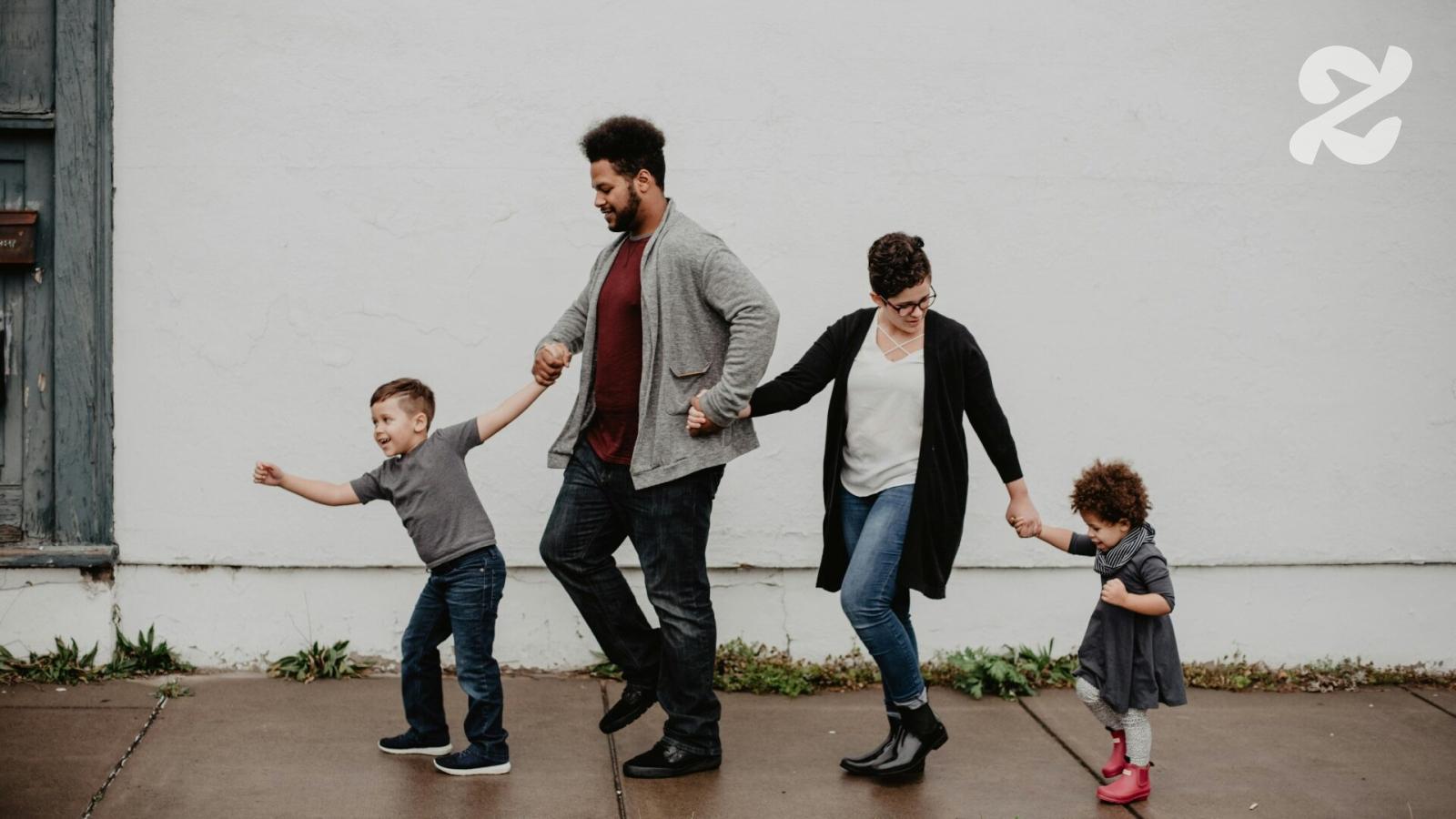The collapse of religion in the US could lead to a wave of suicides, drug overdoses and alcohol-related deaths among white working-class people, a new report claims.
A study led by Wellesley College in Massachusetts found a significant increase in “deaths from despair,” or deaths from conditions such as alcoholism and opioid abuse, which are attributed to poor mental health.
Using official death statistics and researched estimates of church attendance, it was found that these deaths peaked in the 1970s – just as church attendance began to decline.
Fewer Americans attend church today than before the pandemic, with weekly attendance down 10 percent in recent years.
The graph above shows the death rate due to suicide, drug overdose or alcohol abuse per 100,000 people (red line). It also shows the proportion of people who go to church once a week (blue line). Data are for middle-aged white adults who did not attend college

The charts above show the religious affiliation of different age groups from 1979 to the early 2000s and show a decline in religion in the US population
Researchers, who published findings as a working paper with the National Bureau of Economic Research, collected data on mortality from the Centers for Disease Control (CDC) and religiosity from the General Social Survey (GSS).
The GSS is a biannual survey that surveys Americans about their religion and general social attitudes.
The research team examined the more than 1 million deaths from alcohol abuse, drug overdose and suicide from the 1970s to the early 2000s in the United States.
They also looked at the proportion of Americans who attended church weekly over the same period.
The research focused on middle-aged white adults who dropped out of college because despair deaths increased earlier in this group than in other populations.
“The rise in death rates was preceded by a decline in religiosity among the middle-aged, low-educated white demographic,” the researchers wrote.
“This change in religious practice was profound, in a phenomenon known to be related to health and well-being.
‘[It was also] driven by the same group whose mortality started to increase later and just before the mortality increase happened.’

This graph compares church attendance with deaths from suicide, poisoning, and drug use in 24 selected US states in the late 1970s. It shows that states with less church attendance had much higher rates
However, they noted that the study was observational and could not prove that lower church attendance led to lower church attendance.
Other factors, such as the opioid epidemic, may be to blame.
The number of “deaths of despair” among middle-aged white adults aged 45 to 64 fell 40 percent between 1979 and 1991, in a steady downward trend.
But the decline stopped before reversing in 1995.
By the last year of the study, 2002, the rate had risen 20 percent from its nadir—to a level not seen since the 1980s.
America’s suicide rate rose in 2021, the second year of the pandemic

Statistics showed that 47,644 Americans died by suicide in 2021, an increase of four percent from the previous 12 months and the second highest number in the past decade.
At the same time, the number of middle-aged American adults who attend church weekly has declined.
It fell by almost half in 12 years, from 28 percent to 16 percent in 1997.
The researchers suggested that when people stopped attending church, they lost the “positive external benefits” of membership in a religious community.
This can include both social support and companionship.
They also suggested that when so many people stopped attending church, some faith groups may have also collapsed and were no longer able to support their members.
Other factors that may have caused the surge include the opioid epidemic, the researchers noted.
But they said OxyContin – a key driver – only became available in America after the death rate had stalled.
The opioid epidemic in America began after 2015 and has now reached record levels in the country.
The researchers noted: “Over the past several decades, death rates from poisoning, suicide, and alcoholic liver disease have increased dramatically in the United States.
We show that these “deaths of despair” began to reverse the trend in the early 1990s, that this increase was preceded by a decline in religious participation, and that middle-aged white Americans drove both trends.
They add: “Our results show that social factors such as organized religion may play an important role in understanding ‘death by despair’.”
They said people are starting to leave the church because religion is more closely related to politics.
They write: “This decline was largely caused by responses to changes in the American political landscape in the 1980s, when religious and political beliefs became much more closely linked than before.”
Investigators added that the repeal of the blue laws that banned work and commerce on Sundays also played a role.
Many were there in the mid-20th century, but most have now been removed to open trade and work on the traditional ‘day off’.
Numbers indicate that America’s suicide rate has increased in 2021
Data shows that an American took their own life every 10 minutes last year as the US suicide rate rose.
Statistics showed that 47,644 Americans died by suicide in 2021, an increase of four percent from the previous 12 months and the second highest number in the past decade.
The numbers follow a two-year decline in suicides.
The group most likely to commit suicide was men over 75, while young men aged 18 to 24 saw the biggest increase at 8 percent in one year.
Experts today called the rise “disappointing”, but nothing like the “major escalation” predicted as the outbreak of the Covid pandemic.
They blamed a combination of factors, including deteriorating mental health, increasing gun ownership and job losses due to Covid, among others.
According to the American Foundation for Suicide Prevention, suicide is the 12th leading cause of death in the United States.
The White House is currently strengthening the nation’s mental health services with $1 billion over five years to improve care in schools and for children struggling with mental health issues in the community.
The data is preliminary, but the Centers for Disease Control and Prevention (CDC) said it probably already includes almost all suicides in the past year.
Source link
Crystal Leahy is an author and health journalist who writes for The Fashion Vibes. With a background in health and wellness, Crystal has a passion for helping people live their best lives through healthy habits and lifestyles.





